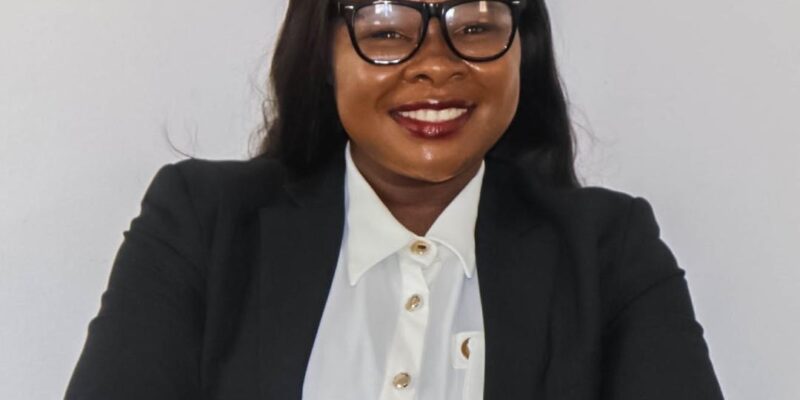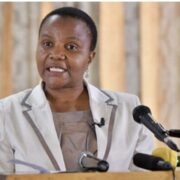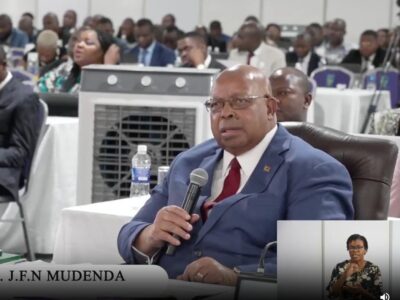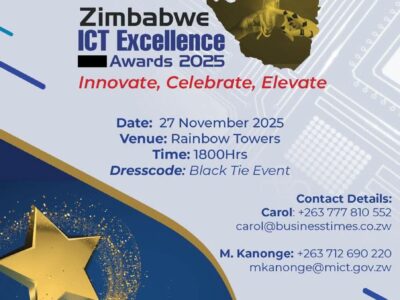Speaking at the Tech Convergence Fora, Dr. Nancy Kwangwa warned that misinformation and disinformation have become the world’s most pressing global risks, surpassing economic and geopolitical threats.
Dr. Kwangwa cited the latest World Economic Forum Global Risks Report, which ranks misinformation and disinformation as the number one threat for 2025 up from second place last year.
“If our people are left behind, and they don’t join the digital space responsibly, you find that people become excited to do bad things with technology, therefore creating a high risk of misinformation and disinformation,” she said.
By Ruvarashe Gora
Misinformation refers to false or misleading information shared without harmful intent, while disinformation is deliberately created to deceive or manipulate audiences. Both have become powerful tools for influencing public opinion, spreading propaganda, and undermining trust in institutions.
Unchecked false information can damage reputations, fuel social unrest, and weaken public confidence in legitimate news sources. The rise of artificial intelligence and deepfake technology has further complicated the digital landscape, making it easier to fabricate convincing content that can go viral within minutes.
Dr. Kwangwa emphasized that media literacy and digital education are now essential to safeguard communities against manipulation. She urged governments, educators, and technology companies to collaborate in training citizens to critically assess online content and identify digital forgeries.
She added that rapid advances in emerging technologies, particularly artificial intelligence (AI), have made it easier to manipulate information, generate fake images, and produce deepfakes that appear authentic. Without strong digital literacy, communities risk becoming more vulnerable to cyber threats and manipulation.














Comments